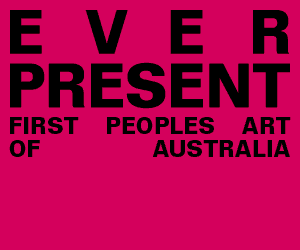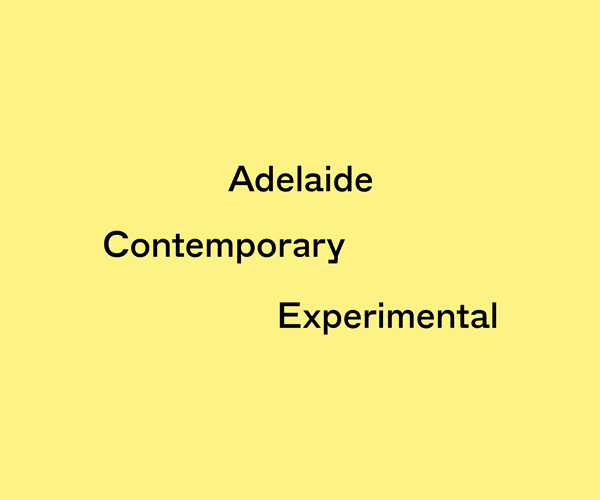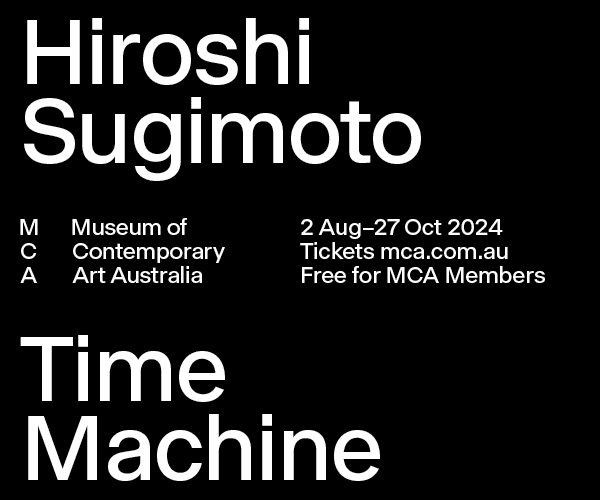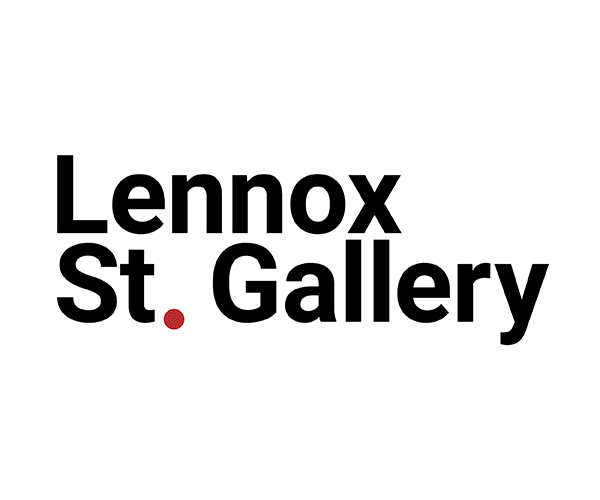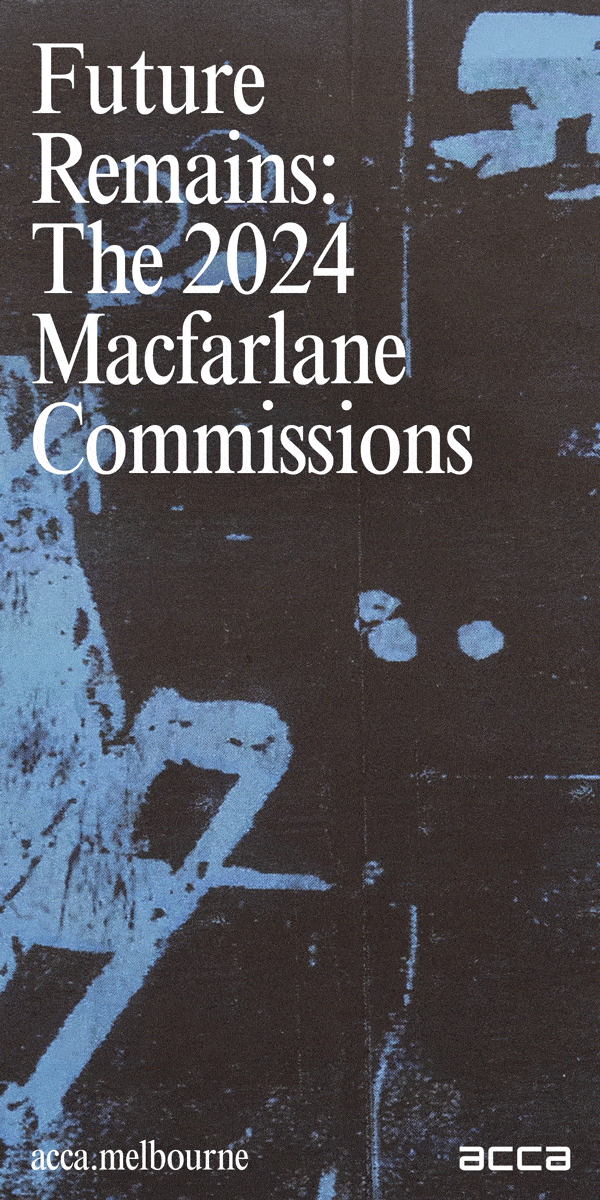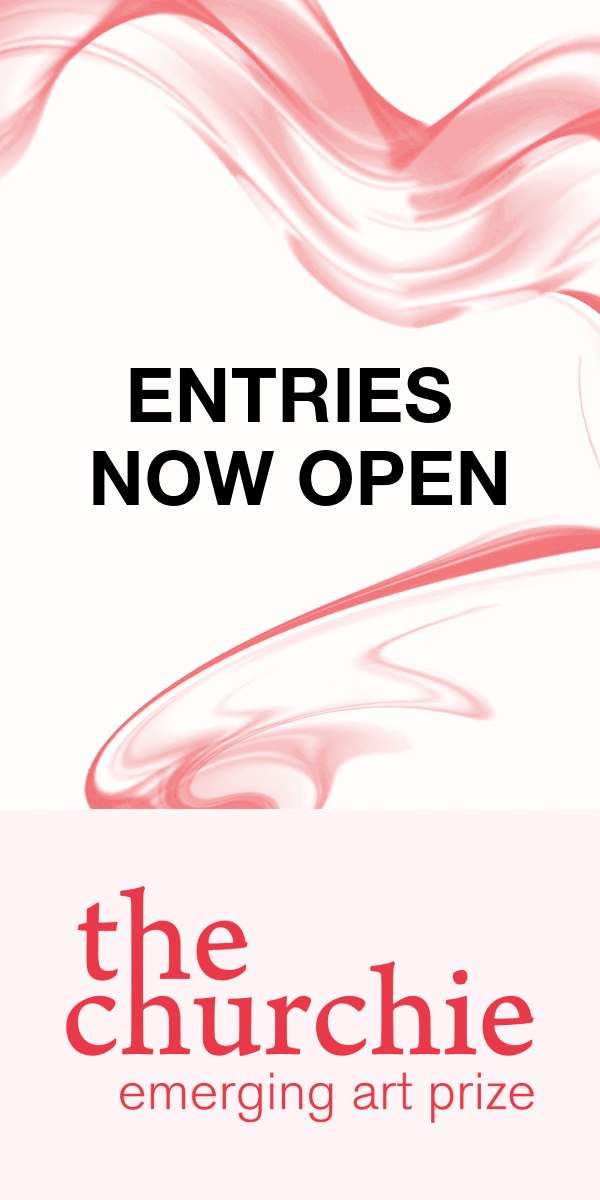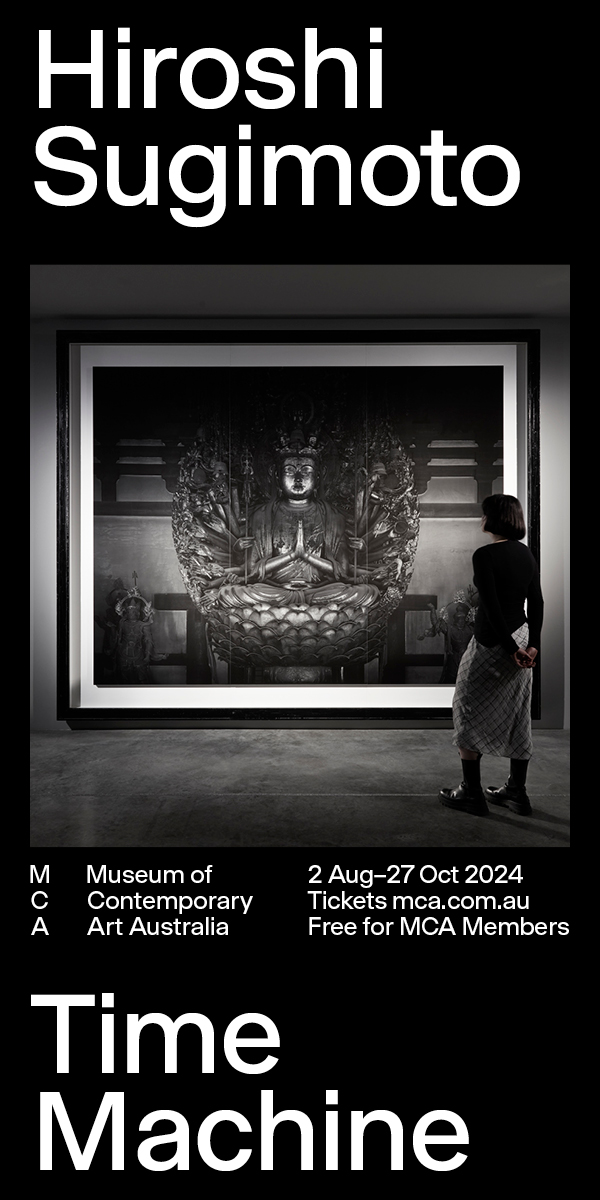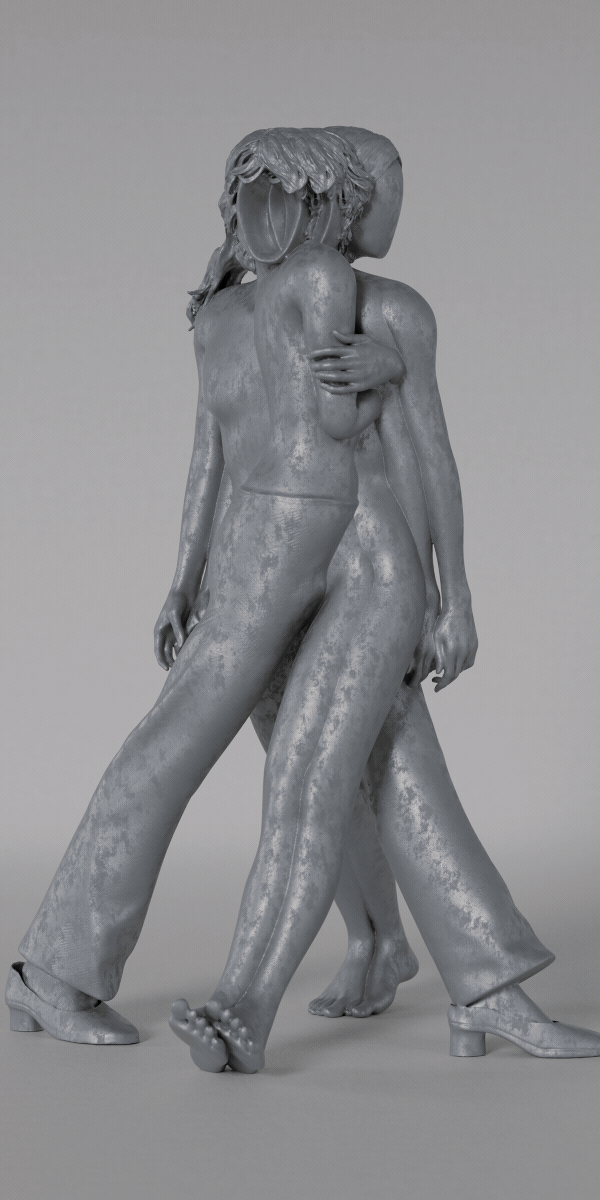在同一頁上 | BOLOHO
Chinese art collective BOLOHO searches for common ground in a world of disconnection.
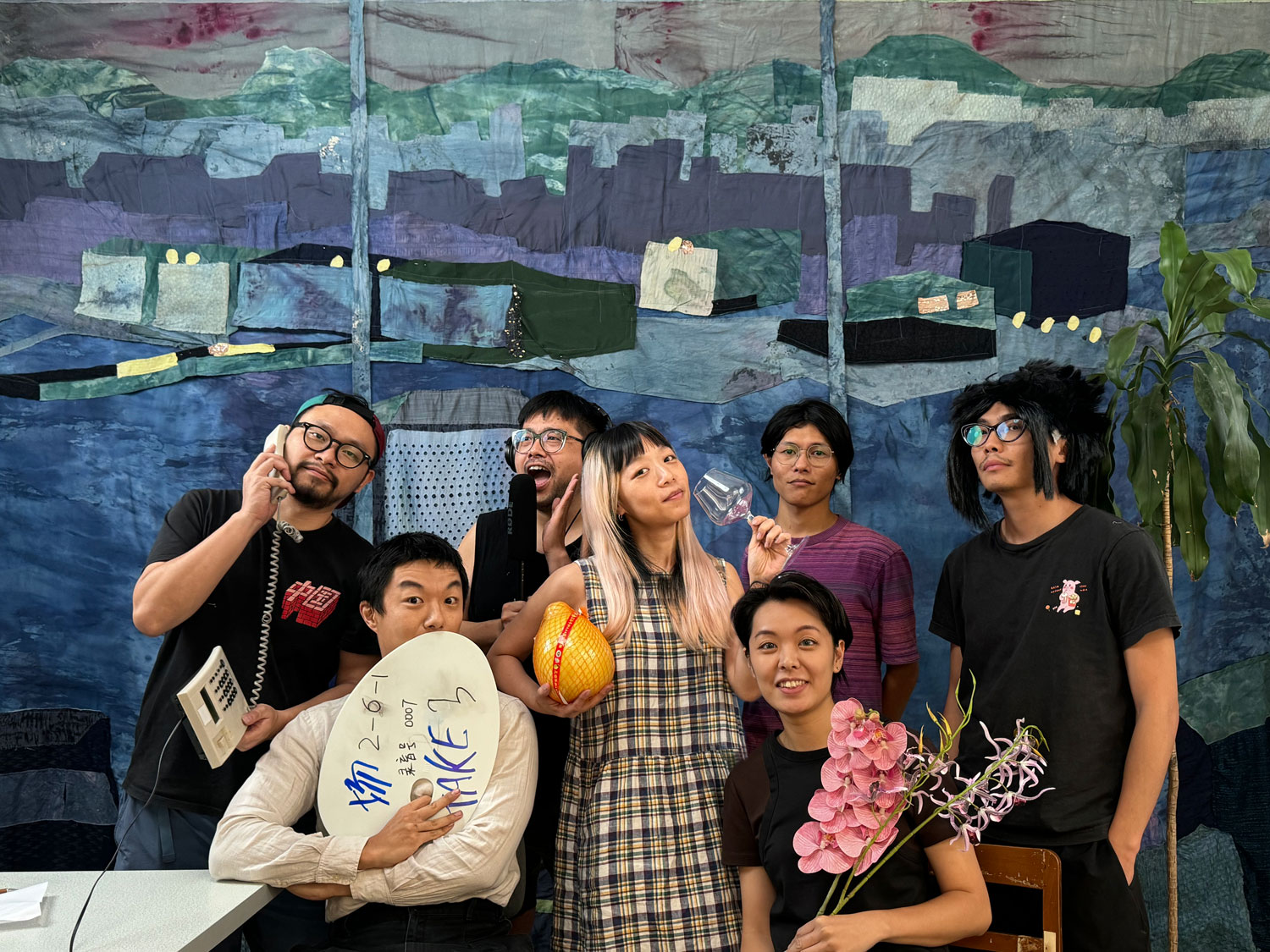
Image credit: Fabric set design of Visitant to Lunar Factory, 2024, mini-sitcom. Courtesy BOLOHO Studio
‘Care’ is quite the buzzword at the moment. Perhaps because it is something that feels fundamentally lacking in the precarious arts sector, making it hard for creatives to cultivate feasible careers. Wider global unrest unfolding around us further compels a need for fundamental change if genuine care is to emerge. I have been pondering more communal methods of being since recently travelling to Asia, where the genuine warmth exuded from various strangers I encountered made me feel connected to something bigger than myself – a contrast to the more individual-centric lifestyle back home in Australia. This sense of community was amplified during a studio visit with artist collective BOLOHO in Guangzhou, where we shared a meal and many hours of inspired sharing. For BOLOHO, care is “a process that needs space and time to nurture.”
The six members, BUBU (LIU Jiawen), CAT (HUANG Wanshan), ZHU Jianlin, LI Zhiyong, HE Cong, and FONG Waiking, reimagine what a sustainable art practice could look like practically and emotionally. BOLOHO engages in activities such as sewing textiles, cooking and eating, and collective drawing and gardening. Many of these practices were incorporated into their installation and pop-up restaurant at documenta fifteen, supported by the vision of Ruangrupa – Artistic Directors of the Kassel art festival in 2022. Ruangrupa’s lumbung methodology, a practice centred on equitable resource sharing, honours our interconnected existence.
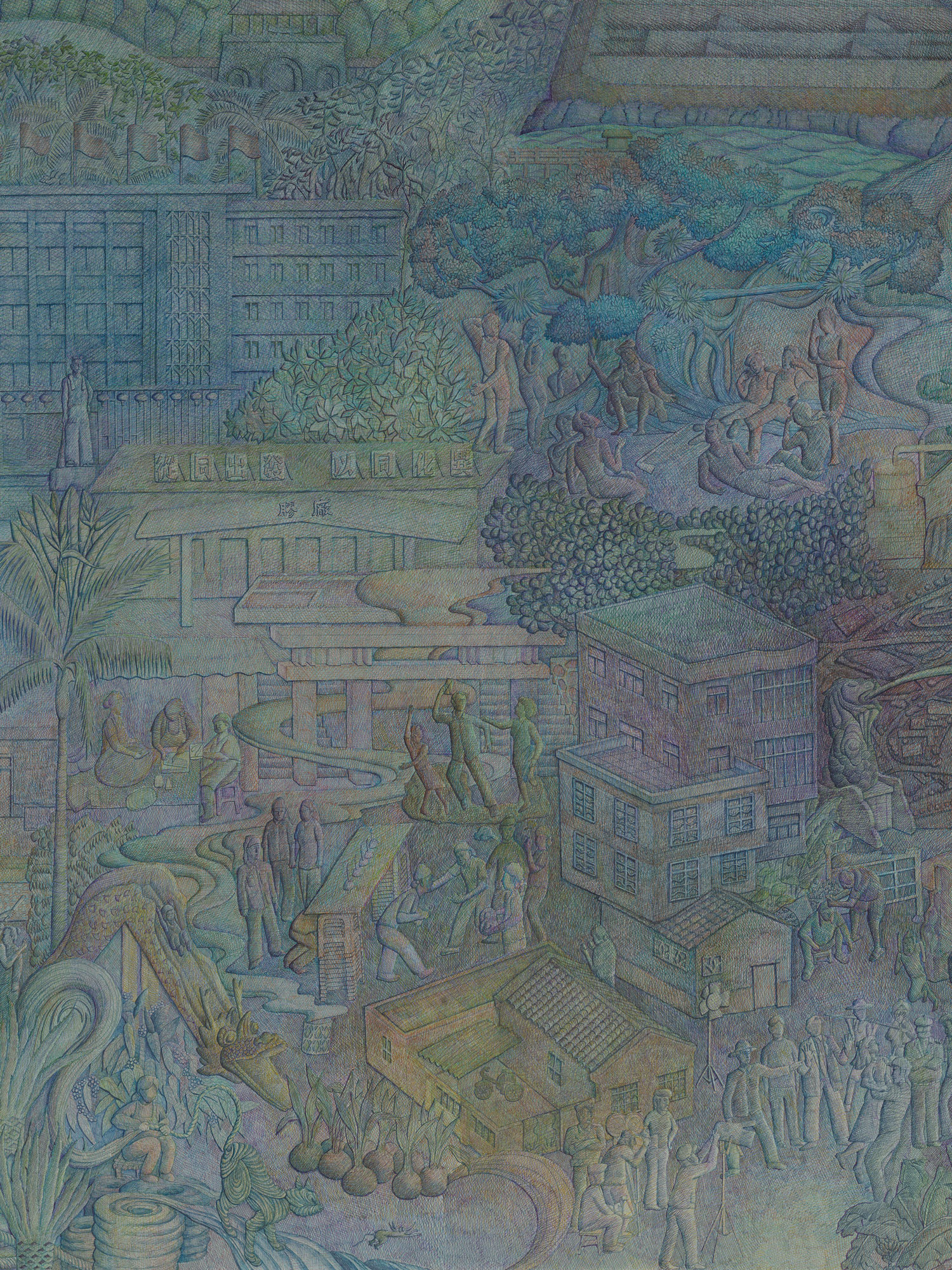
Image credit: BOLOHO, Lunar Factory,2024, collective painting, colour gel pen on paper, 2000 × 4800 mm (set of four, each 1000 × 2400 mm). Courtesy BOLOHO Studio
BOLOHO’s creative practice and everyday activities blur together as an integrated way of life. This extends to various additional paid jobs the collective undertakes as BOLOHO to help fund their creative practice. They directly integrate ‘less-creative’ paid and unpaid work into their practice, acknowledging the realities of needing additional revenue streams as artists and the primary labour of being a human. Their various activities occur within the collective’s studio, exhibition settings and beyond, breaking down institutional barriers and fostering listening, trust and enduring bonds. BOLOHO share that their “creative direction is not really aimed at the exhibition mechanism … If we have to talk about "art", we should focus on the undervalued "art" in life … For example, cooking and dining together have always been important moments in the daily practices of BOLOHO. While providing the necessary nutrition for everyone, we also share food and memories, allowing us to experience each other's physical presence and enrich the meaning of living in a strange land.
To some extent, we believe that food connects people more than art does.” While practically ‘many hands do light work’, working collectively also allows BOLOHO members room for experimentation and failure. “Sometimes, [an] individual's failure makes you need others more, trust others more, and failure makes you more relaxed in your pursuit of a singular subjectivity,” they explain. From a place of interconnection, inspiration flows.
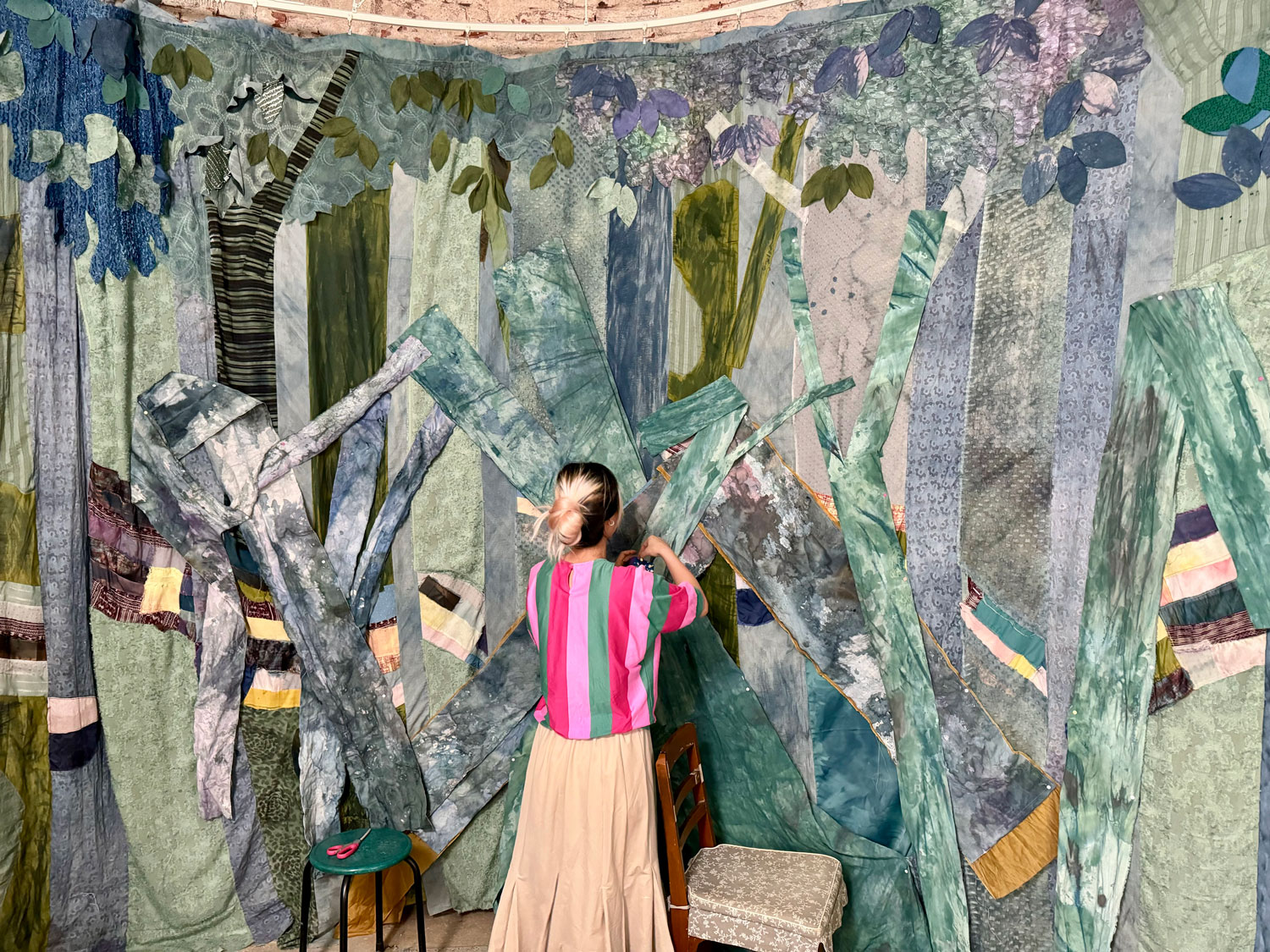
Image credit: Fabric set design of Visitant to Lunar Factory, 2024, mini-sitcom. Courtesy BOLOHO Studio
‘Boloho’ is the Romanised Cantonese word for jackfruit seed. This often discarded centre is a little-known, highly nutritious delicacy when cooked. The collective’s name offers an analogy for transforming one thing into another through physical co-creation and transforming ways of thinking to reveal what is hidden and most important. At that core is care. BOLOHO recently started creating sitcoms to offer a relatable and often humorous window into complex issues that persist within Chinese culture today. This performative medium revisits BOLOHO members’ childhoods watching Hong Kong and Taiwanese television with their families, an activity that shaped their understanding of the world. At the time of writing, the collective started filming a new mini sitcom as part of their ongoing Lunar Factory series, which will open in November at the 11th Asia Pacific Triennial of Contemporary Art at the Queensland Art Gallery | Gallery of Modern Art in Brisbane. Hand-sewn textiles forming part of the sets filmed in BOLOHO’s studio will become artworks within artworks. They hold resonances of the collective creation process that break the suspension of disbelief. Through storylines and set design, histories, memories, and imagined truths blur together, speaking to the nuanced ways we make sense of the world. The visible handiwork of the artists will also appear in a series of ‘collective paintings’. BOLOHO have described their large colourful gel-pen drawings as ‘non-verbal theatre’ that is navigated on the same page through a plethora of entwining pen strokes as each member works, often simultaneously, on the drawings.
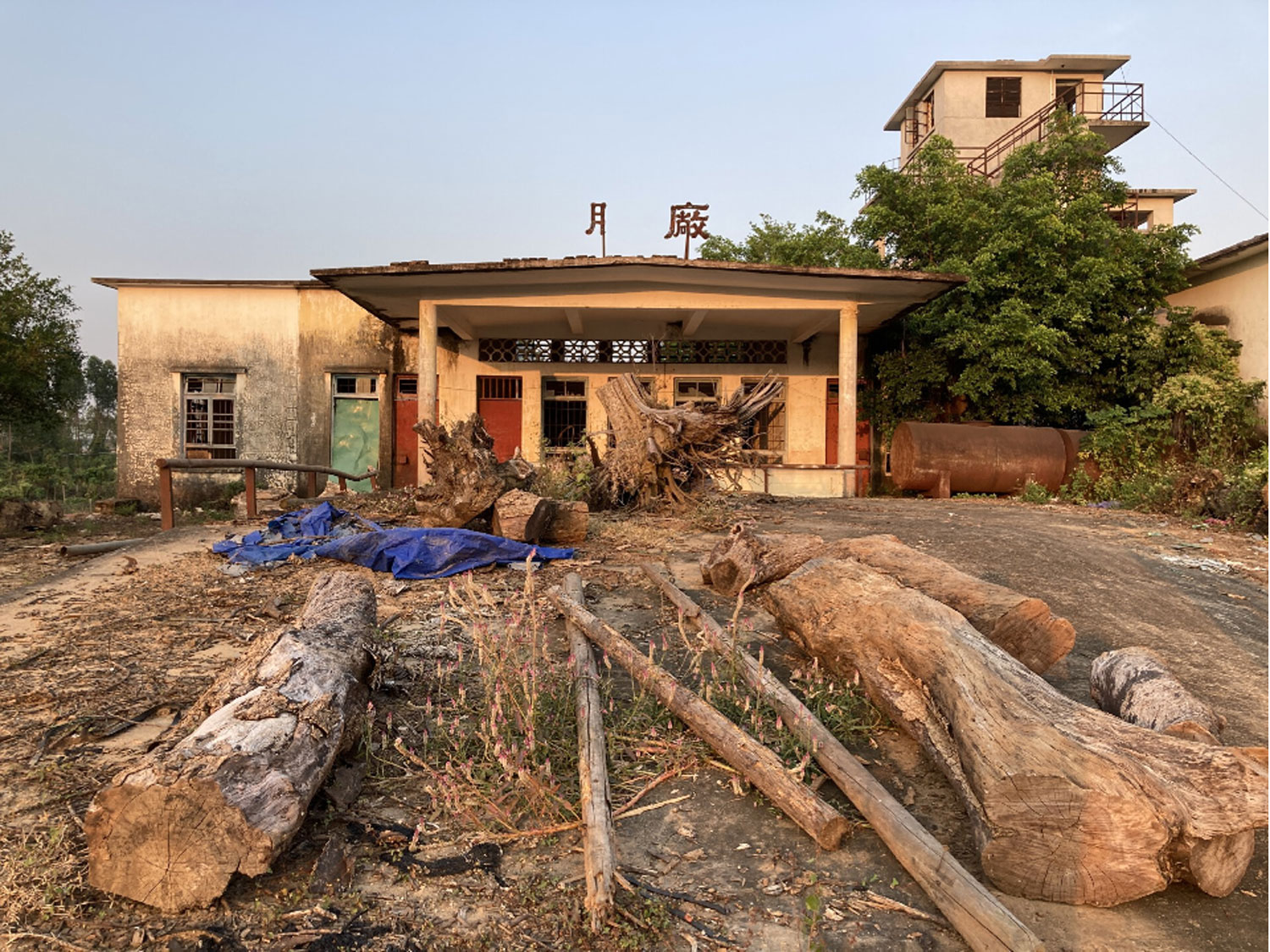
Image credit: "Lunar Factory"(月廠) floats above the abandoned rubber factory in Zhanjiang's Fen Yong Overseas Chinese Farm. Courtesy BOLOHO Studio
BOLOHO’s Lunar Factory series expresses their research into state-owned huaqiao nongchang (Overseas Chinese Farms). After a mass exodus from the mid-19ᵗʰ century to the early 1940s, Chinese labourers in Western countries and colonies (including Australia) began returning to China between the ’50s and ’70s. The government established overseas Chinese Farms to accommodate this influx of people. These diasporic communities were characterised by distinct architecture and dialects, creating their own understandings of history and belonging.“‘Memory’ and "Place" are always very important clues and themes … [that] maintain our fragile communities and intergenerational relationships in the rapidly changing social reality of China,” BOLOHO acknowledge. BOLOHO’s work uncovers the deteriorating histories of these farms, many of which are largely abandoned, overgrown and are slowly being reclaimed by nature. The project’s name was inspired by a damaged ‘Rubber Factory’ (橡膠廠) sign now reading ‘Lunar Factory’ (月廠) that BOLOHO saw during a Farm research trip. They share that the Farms “...mark the past and the places that, due to continuous rewriting, have been forgotten: gradually becoming unfamiliar, disappearing into the dimensions of history.” By resurrecting these histories through humble processes of care, BOLOHO connects to the importance of community past and present, helping us collectively weave a more nurturing vision for the future.
BOLOHO shows at the 11th Asia Pacific Triennial of Contemporary Art at the Queensland Art Gallery | Gallery of Modern Art from November 30, 2024 to April 27, 2025. Boloho is represented by Hanart TZ Gallery. hanart.com





